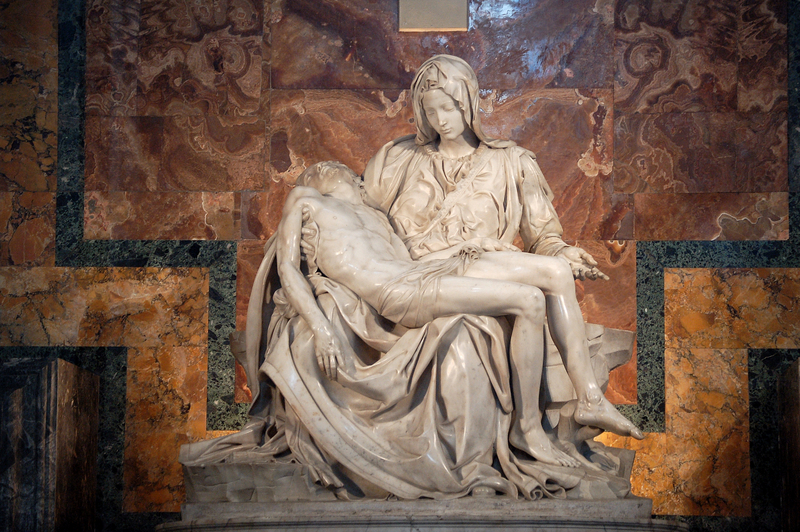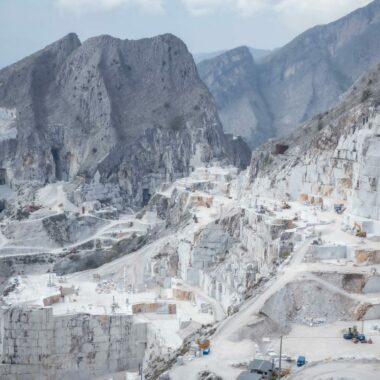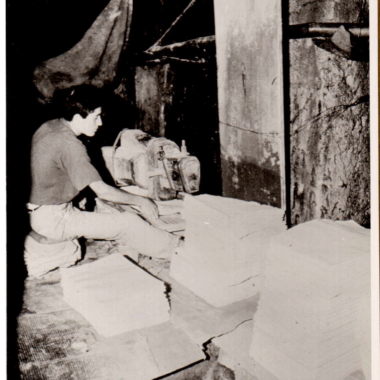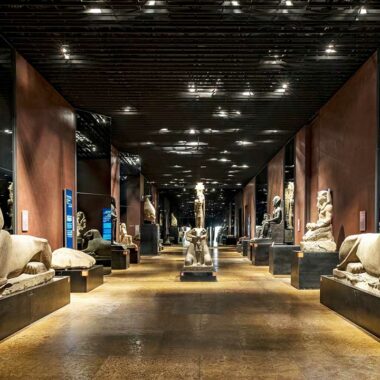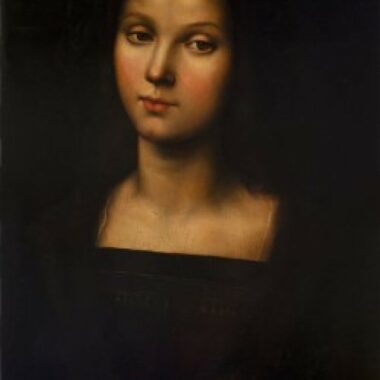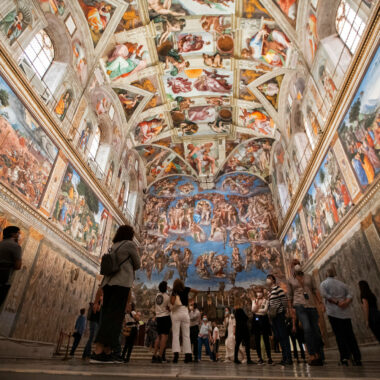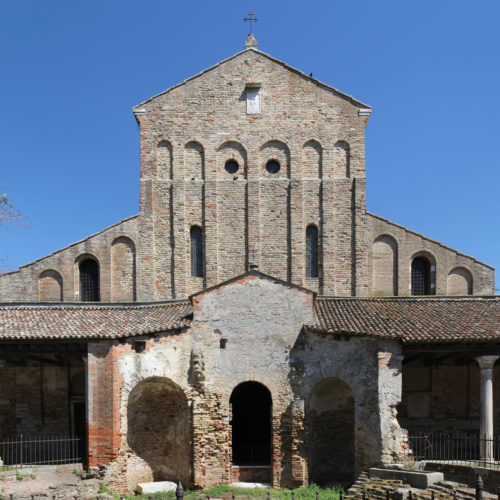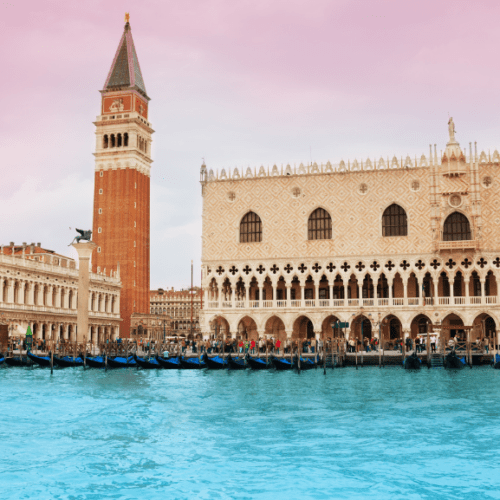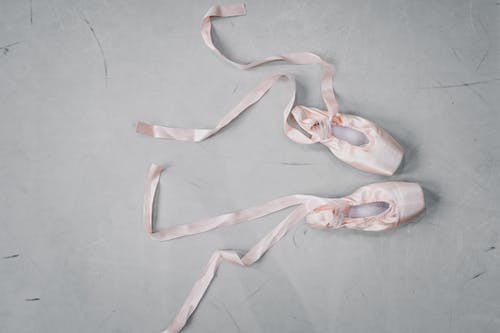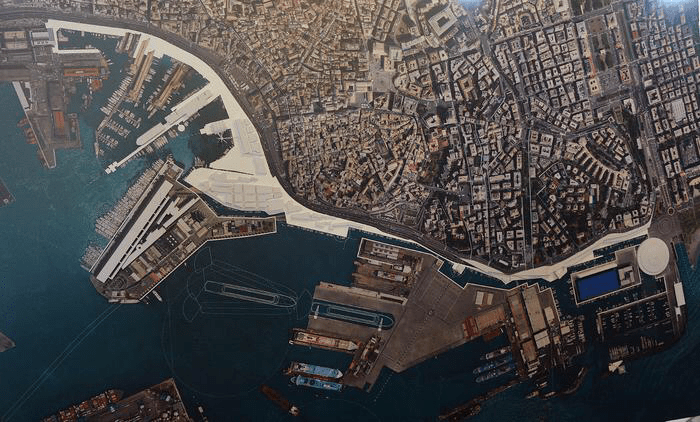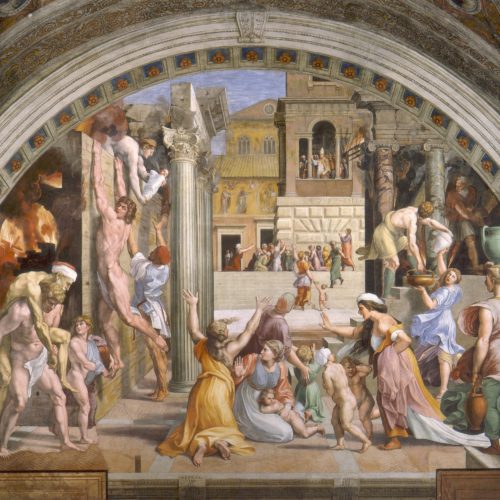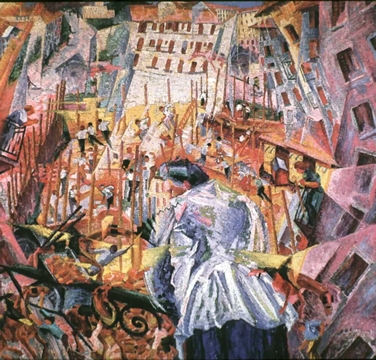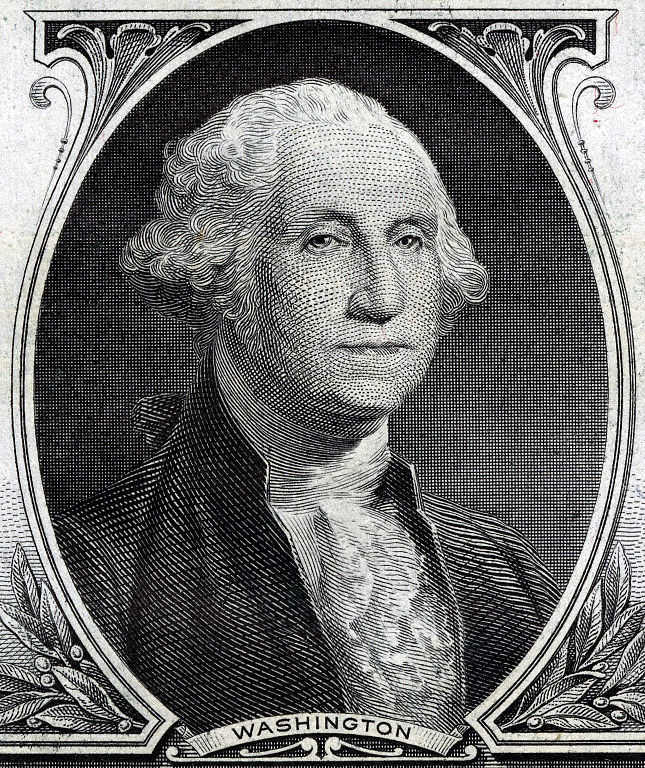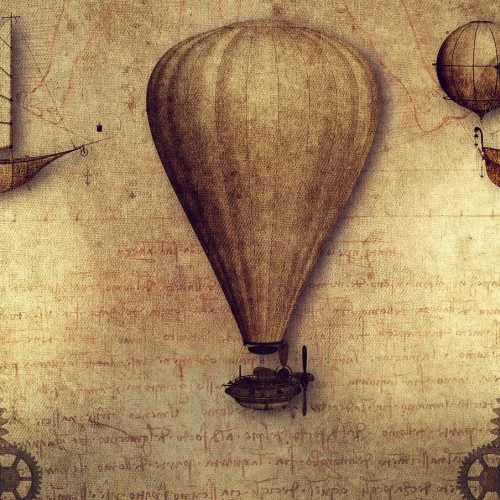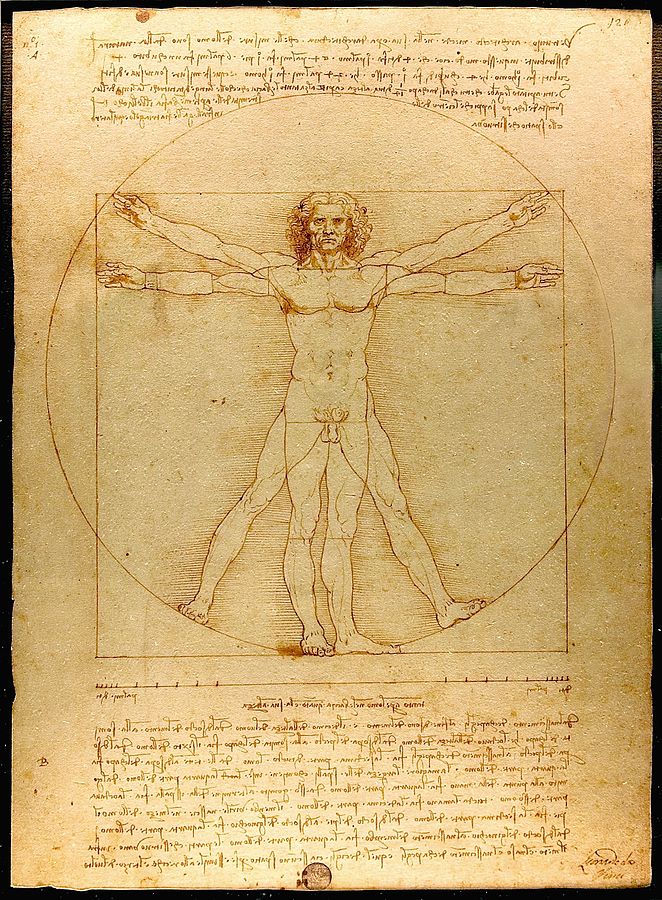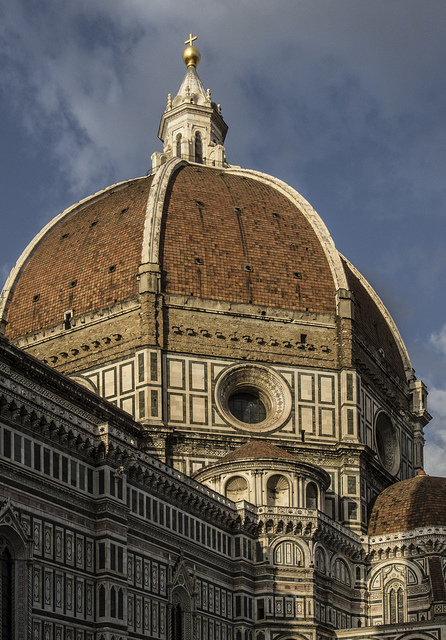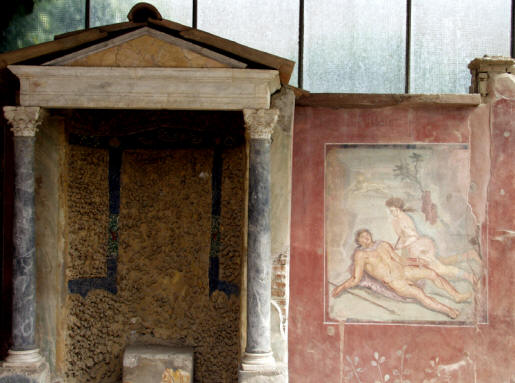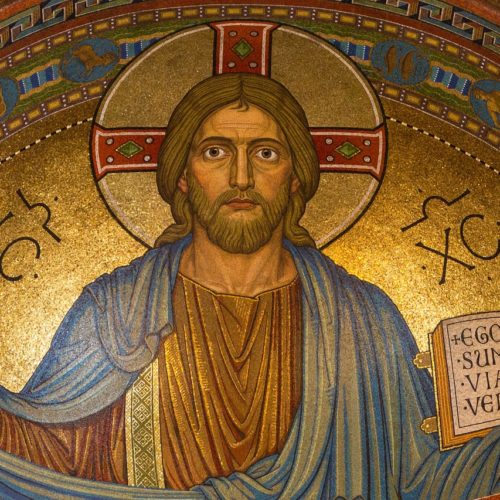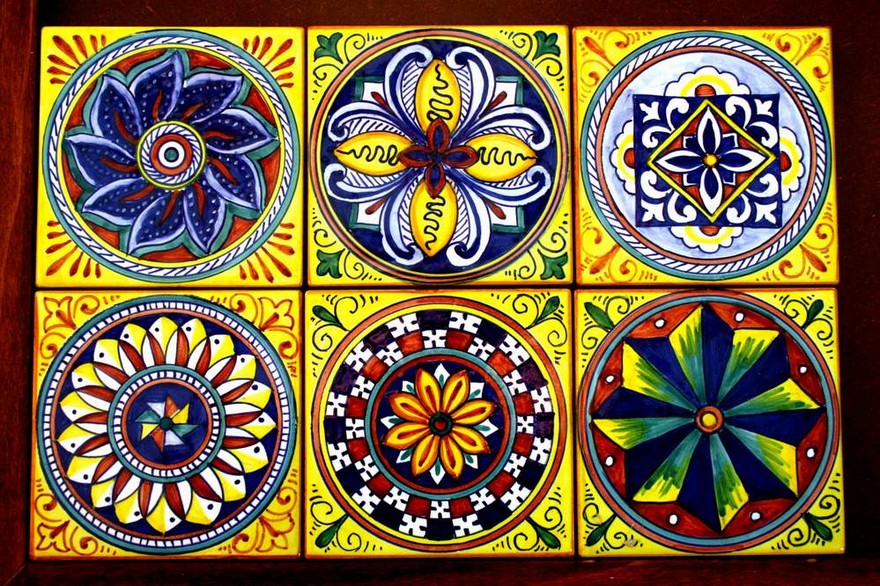Let’s take a trip down the memory lane of Italian art. It’s the Early Renaissance in Italy.
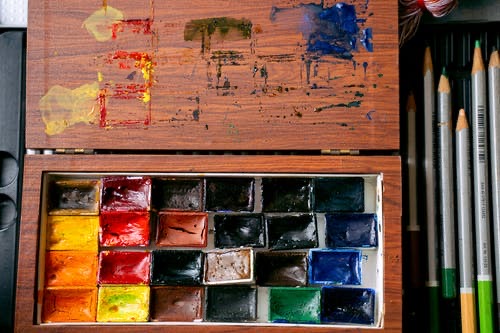
Who were the main protagonists of Early Renaissance in Italy? Let’s find out.
Lorenzo Ghiberti
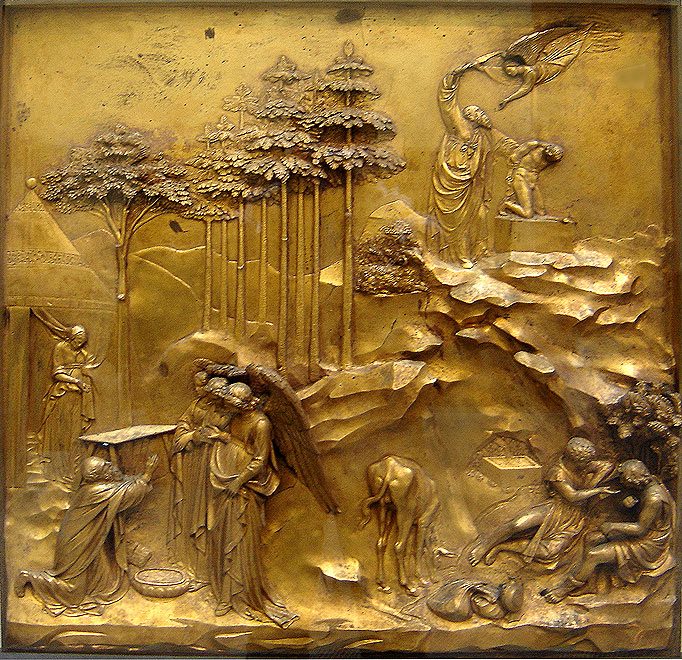
Lorenzo Ghiberti was born in Florence Italy in 1381 as Lorenzo di Bartolo. His father was Bartoluccio Ghiberti, a trained artist and goldsmith. He taught his son the gold trade. Ghiberti trained as a goldsmith in Florence in the workshop of Bartoluccio de Michele. Ghiberti was an adept artist, writer, architect, and humanist theologist. His unique sculptural style influenced the works of the High Renaissance. In 1400 the bubonic plague struck Florence and Ghiberti relocated to Romagna.
In 1401 he returned to Florence and participated in a competition. The best artists faced each other. Names such as Brunelleschi, Donatello, and five other distinguished artists designed the north Baptistery doors of the Florence Cathedral. Ghiberti’s sample panels depicted the sacrifice of Isaac by Abraham. They showed lyrical grace and an understanding of proper perspective in relief, good proportions, and quality design.
Each door was comprised of 10 to 28 individual scenes from the New Testament. In excruciating detail. Donatello assisted Lorenzo’s creation of the 34000 pound metal doors. They took nearly 20 years to complete. The Ghiberti doors were so admired that Michelangelo was said to have called them “The Gates of Paradise.” Additionally, thanks to this work, Lorenzo was commissioned to make a bronze sculpture commemorating St. John the Baptist.
Ghiberti also studied humanist theologies and wrote many short works explaining how the human form should be depicted in art. Lorenzo Ghiberti only had one son, Bonaccorso, who was also an artist. Bonaccorso died quite young and his potential was never realized. Lorenzo himself died in 1444, leaving behind him a legacy.
Donatello
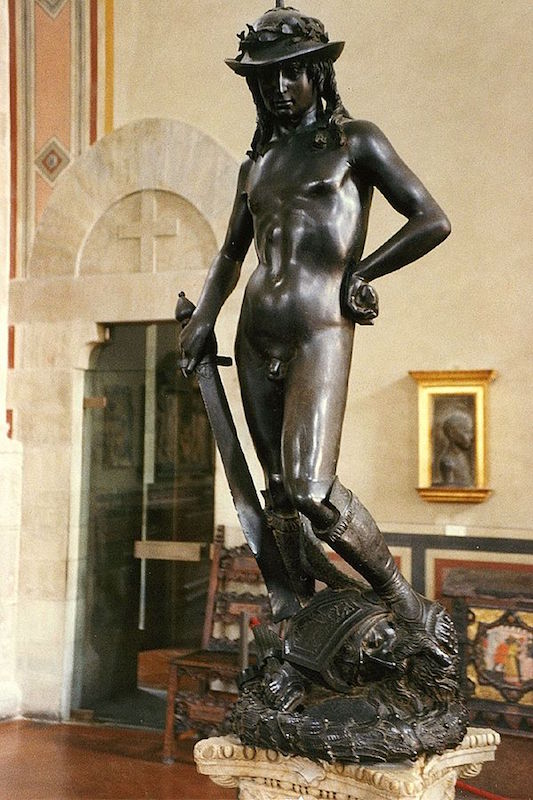
Donatello was born in 1385 in Florence, Italy. His father Donato di Niccolo di Betto Bardi was a member of the prominent Bardi family. In 1402 he participated in the competition for the doors, which he conceded to Ghiberti. Between 1404 and 1407 he became a member of Ghiberti’s workshop to work on the remaining doors. His first known major work is a marble sculpture of David. Later on Donatello placed more emphasis on posturing and on conveying emotions. In David we see the best of Donatello.
Donatello’s later sculpture St. John the Evangelist displays this same attention to draping, curving lines, and fine details. Donatello created several marble sculptures and marble reliefs. He developed a new technique called schiacciato (“flattened out”). He carved delicate shallow lines to create background imagery.
Early Renaissance in Italy, working with bronze
In the mean time Donatello explored bronze sculpture. Donatello developed a unique technique for casting bronze sculptures. First, he sculpted the figure in clay, then he draped clay soaked cloth around the sculpture. This allowed the clay to dry, and then make a mold from the results. This way, Donatello achieved flowing grace, smooth lines, and polished surfaces.
During this time, Donatello partnered with a sculptor named Michelozzo. Together, they produced a sculpture dedicated to pope John XXIII, the relief of the Assumption of the Virgin, and the reliefs of the outdoor pulpit of Prato Cathedral. In 1496 Donatello was commissioned to do his most well known work: the bronze David. David was pure sculpture. One of the main sculptures of the Renaissance.
The last years of Donatello
Donatello is responsible for yet another trend in art. The equestrian sculpture. Prior to him, equestrian statues were the sole prerogative of the ruling class. The modern equestrian sculpture is due to Donatello’s work.
His later works in wood show the degree of emotional strain that was being placed upon him. Sculptures such as the wooden St. John the Baptist appear weak, thin, and frail. At least against their predecessors. Florence didn’t appreciate these sculptures. In fact, the city showed a renewed interest in marble.
The last two years of Donatello’s life were spent designing pulpits for San Lorenzo. He fell ill and died before their completion in 1466. However, Donatello’s sculptures would serve as the model for artists of the High Renaissance. He was an example.
Written By: Jamie Sue Austin


